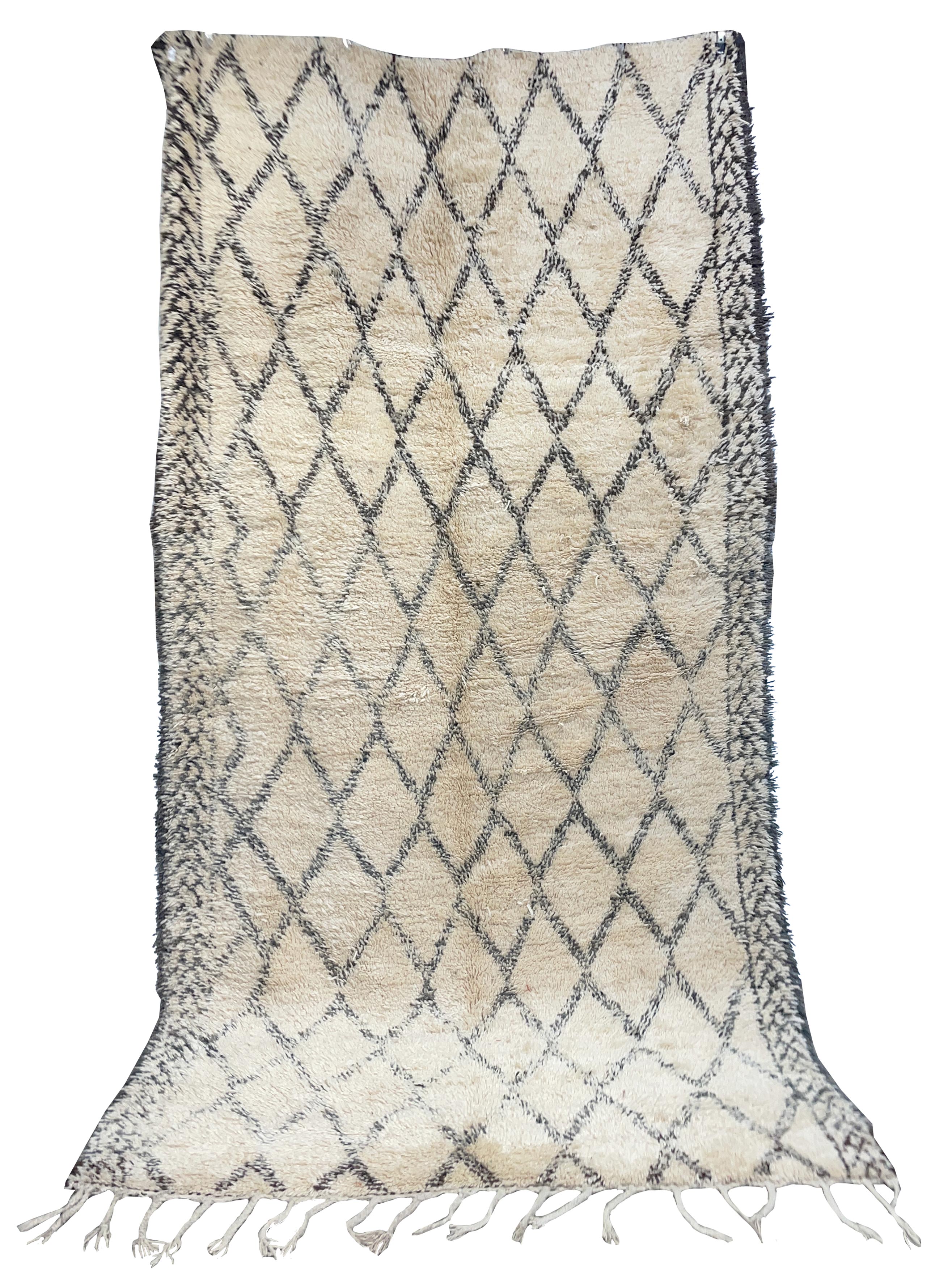Modern Berber Rugs
Modern Berber Rugs
Blog Article
Moroccan Berber Rugs: A Fusion of History, Artistry, and Timeless Elegance
These rugs have enchanted people across the globe with their historical significance, intricate craftsmanship, and versatile aesthetics. Whether you are furnishing a comfortable living room, a modern office space, or a luxurious hotel, these rugs serve as more than just functional items—they are pieces of art with a story to tell. This guide delves into the fascinating history of Moroccan Berber rugs, the detailed artistry involved in their production, their exceptional longevity, and creative ways to incorporate them into today’s interiors.
These rugs originated with the ancient Berber people of North Africa, dating back thousands of years. The Berbers, with their rich cultural heritage, developed rug-weaving techniques to meet the demands of their nomadic lifestyles and diverse climates.
Each Berber rug tells a story, often woven into the fabric that reflect the heritage of its creators. Motifs often symbolize concepts such as protection, nature, or fertility, giving each rug a profound heritage. Historically, these rugs were made for practical use, offering warmth in the cold Atlas Mountains or serving as bedding in arid environments.
In the mid-20th century, Moroccan Berber rugs gained global popularity when prominent designers like Le Corbusier and Frank Lloyd Wright began incorporating them into their architectural masterpieces. Now, these rugs are prized for their beauty and historical depth.
These rugs are created using time-honored techniques, preserved over centuries. This craftsmanship embodies a deep connection to heritage and artistry.
These rugs are made from high-quality natural fibers, valued for their strength and softness. Wool is especially prized for its luxurious feel, durability, and ability to retain warmth. Artisans often hand-spin the wool, get more info giving each rug a unique look and feel.
Berber rugs are handwoven on classic frames, a process that can take weeks or even months depending on the size and complexity of the design. The knotting style, from Beni Ourain’s casual elegance to Azilal’s tighter weaves, dictates its overall quality and appeal.
Natural dyes derived from plants, minerals, and insects are used to create the vibrant colors found in many Berber rugs. Earthy tones such as beige, cream, and brown are common in Beni Ourain rugs, while Azilal and Boucherouite rugs showcase bolder colors like reds, blues, and yellows.
One of the key features of Moroccan Berber rugs is their exceptional durability. This makes them a smart choice for both residential areas and businesses.
The use of high-quality natural fibers ensures that Berber rugs retain their integrity over years of use. Wool’s elasticity and stain resistance contribute to their durability.
Cleaning and maintaining a Moroccan Berber rug is relatively simple. Routine vacuuming and periodic professional care can preserve their beauty for decades.
Tips for Styling Moroccan Berber Rugs in Modern Homes
Adding Moroccan Berber rugs to modern spaces is simpler than it seems. These rugs' adaptability allows them to suit various aesthetics, including minimalist and bohemian styles.
1. Anchor a Living Room
A large Beni Ourain rug can serve as the focal point of your living area. The rug’s muted tones and clean lines bring cohesion to the space and exude coziness.
2. Add Color to Neutral Spaces
If your space leans toward a monochromatic or minimalist aesthetic, a vibrant Azilal or Boucherouite rug can introduce a pop of color and visual interest. They are ideal for subdued settings, acting as the central highlight.
3. Layer Rugs for Texture
For a cozy, eclectic vibe, layer a smaller Berber rug over a larger natural-fiber rug, such as jute or sisal. This combination not only adds depth and texture but also highlights the intricate details of the Berber design.
4. Enhance Workspace Aesthetics
Moroccan Berber rugs are perfect for adding elegance and warmth to professional spaces, including offices and lounges. The artisanal craftsmanship of these rugs radiates authenticity and refinement.
5. Use as Wall Art
Some Moroccan Berber rugs are so visually stunning that they deserve to be displayed as art. Displaying a Berber rug on a wall highlights its intricate design and cultural significance.
Why Moroccan Berber Rugs Are a Wise Investment
Moroccan Berber rugs combine functionality, beauty, and cultural depth, making them a valuable choice for homes and businesses alike. These rugs are built to last, and their classic designs remain relevant despite evolving decor trends.
Sustainability in Moroccan Berber Rugs
Many Berber rugs are crafted using eco-friendly and sustainable practices. By investing in these rugs, you’re not only enhancing your space but also supporting traditional artisans and their communities.
The Appreciating Worth of Moroccan Berber Rugs
Vintage or unique Moroccan Berber rugs tend to grow in worth over the years. They are both functional decor and collectible assets.
 Report this page
Report this page